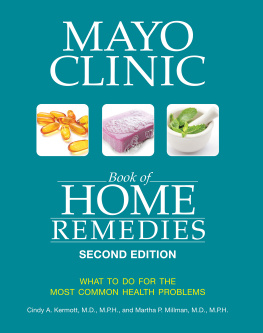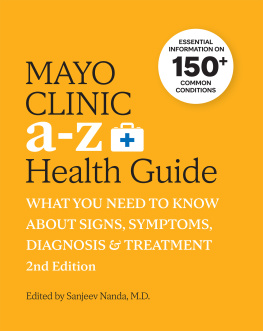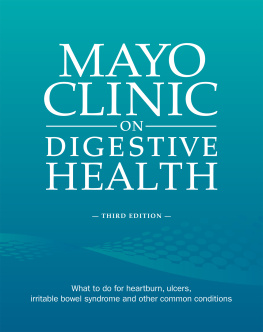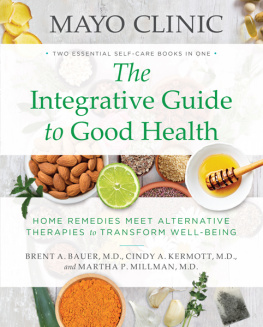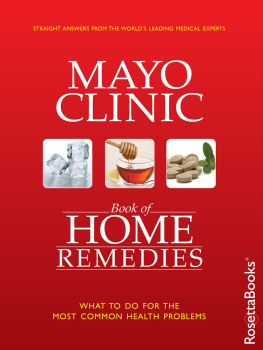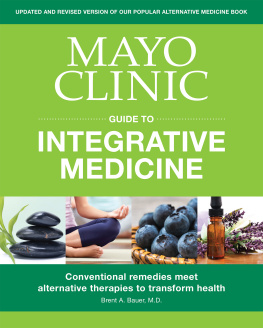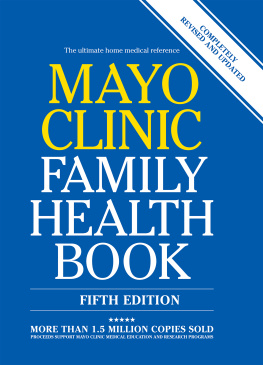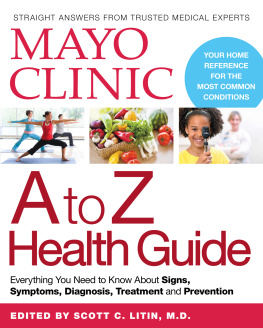
Medical supplies for your home
When an accident or health problem occurs, its nice to have basic supplies on hand to treat the condition. Thats why you want to have a medical supply kit ready for use whether its an actual first-aid kit or just your bathroom cabinet stocked with a variety of helpful items.
Its best to store medical supplies in a place thats easily accessible to adults but out of the reach of children. Remember to replace items after their use to make sure the kit is always complete. And check your supplies yearly for outdated items that may need replacing. Check expiration dates on medications twice yearly.
Here are key items that you should have on hand if you want to be prepared for accidents and common illnesses:
- For general care. Sharp scissors, tweezers, cotton balls, cotton-tipped swabs, tissues, soap, cleansing pads or instant hand sanitizer, plastic bags, safety pins, latex or synthetic gloves for use if blood or body fluids are present, anti-diarrheal drugs, and a medicine cup or spoon.
- For cuts. Bandages of various sizes, gauze, paper or cloth tape, antiseptic solution to clean wounds, and antibacterial ointment to prevent infection.
- For burns. Cold packs, gauze, burn spray and antiseptic cream.
- For aches, pain and fever. Thermometer, aspirin (for adults only), other pain-relieving drugs such as ibuprofen (Advil, Motrin IB, others), and acetaminophen (Tylenol, others).
- For eye injuries. Eyewash, such as saline solution, eyewash cup, eye patches and goggles.
- For sprains, strains and fractures. Cold packs, elastic wraps for wrapping injuries, finger splints and a triangular bandage for making an arm sling.
- For insect bites and stings. Cold packs to help reduce pain and swelling. Topical cream containing hydrocortisone (0.5 or 1 percent), calamine lotion, or baking soda (combine baking soda with water to form a paste) to apply until symptoms subside. Antihistamines (Benadryl, Chlor-Trimeton, others) may help relieve itching. For individuals allergic to insect stings, include a kit with a syringe containing epinephrine (adrenaline). Your doctor can prescribe one. Check the expiration date regularly.
- For ingestion of poisons. Keep the number of the U.S. Poison Help line (800-222-1222) in your medicine kit or programmed into your phone.
Emergency items
Here are additional items you may want to have on hand in case of an emergency at home or while traveling:
- Cellphone and charger that uses the accessory plug in your cars dash
- Emergency phone numbers, including contact information for your family doctor and pediatrician, local emergency services, emergency road service providers and poison control center
- Completed authorization to disclose protected health information (consent form) for each family member
- Medical history forms for each family member
- Small, waterproof flashlight and extra batteries
- Candles and matches and an extra set of warm clothing for cold climates
- Sunscreen
- Mylar emergency blanket
- First-aid instruction manual
A
Acne
Acne occurs when the tiny openings in your skin from which hair grows (hair follicles) become plugged with oil and dead skin cells. The plugged follicles may produce:
- Comedones (blackheads and whiteheads). Comedones that occur at the skin surface are called blackheads due to their dark appearance. Comedones that are closed and just below the skin surface are called whiteheads.
- Papules. Papules are small, red and tender bumps that signal inflammation or infection in the hair follicles.
- Pustules. Pustules are red and tender bumps with white pus at their tips.
- Nodules. Nodules are large, solid painful lumps beneath the surface of the skin. They are the result of a buildup of secretions deep within the hair follicles.
- Cysts. These painful, pus-filled lumps beneath the surface of the skin are boil-like infections that can cause scars.
A number of factors including hormones, bacteria, certain medications and heredity play a role in the development of acne. Though acne is most common in teenagers, people of all ages can get acne.
Medical help
Persistent pimples, inflamed cysts or scarring may need medical attention and treatment with prescription drugs. Proper evaluation and treatment can prevent the physical and psychological scarring of acne. In rare cases, a sudden onset of severe acne in an older adult may signal an underlying disease requiring medical attention.
Home remedies
To reduce or prevent acne:
- Be careful what you put on your face. Avoid oily or greasy cosmetics or hairstyling products or acne coverups. Use products labeled water-based or noncomedogenic.
- Keep your face clean. Wash problem areas daily with a gentle cleanser that gently dries your skin. Products such as facial scrubs, astringents and masks generally arent recommended because they tend to irritate skin, which can worsen acne.
- Watch what touches your face. Keep your hair clean and off your face. Avoid resting your hands or objects, such as telephone receivers, on your face. Tight hats also can pose a problem, especially if you sweat. Sweat and dirt can contribute to acne.
- Care for yourself. Consider whether lack of sleep or stress or both cause your acne to flare. Try to get enough sleep and manage stress.
- Dont pick or squeeze blemishes. Doing so can lead to infection or scarring.
- Try over-the-counter products. Look for acne lotions that contain benzoyl peroxide or salicylic acid as the active ingredient to help dry excess oil and promote peeling of dead skin cells.
- Tea tree oil. Some studies suggest that gels containing 5 percent tea tree oil are as effective as lotions containing 5 percent benzoyl peroxide, although tea tree oil might work more slowly. Theres some concern that topical products containing tea tree oil might cause breast development in young boys. Dont use tea tree oil if you have acne rosacea because it can worsen symptoms.
- Zinc supplements. The mineral zinc plays a role in wound healing and reduces inflammation, which may help improve acne.
- Glycolic acid. A natural acid found in sugar cane, glycolic acid applied to your skin helps remove dead skin cells and unclog pores.
Airplane ear
The medical name for airplane ear is ear barotrauma, or barotitis media. It refers to the stress exerted on your eardrum, eustachian tube and other ear structures when air pressure in your middle ear and air pressure in the environment are out of balance.
You may experience airplane ear at the beginning of a flight when the airplane is climbing and at the end of a flight when the airplane is descending. These rapid changes in altitude cause air pressure in the environment to also change rapidly. The air pressure in the middle ear does not adjust quickly enough.
Signs and symptoms may include pain in one ear, slight hearing loss or a stuffy feeling in both ears. This is caused by your eardrum bulging outward or retracting inward as a result of the change in pressure.
Ear barotrauma is also a common problem with scuba diving when water pressure on the outside of the ear becomes greater than air pressure in the middle ear.
Any condition that can interfere with the normal function of the middle ear can increase the risk of airplane ear. This would include a stuffy nose, an allergy, a cold or a throat infection. Not all colds require a change in travel plans. However, a severe cold or an ear infection may be reason to change or delay a flight.

